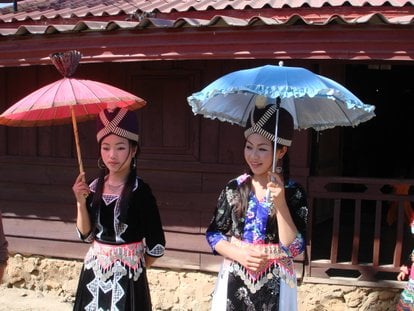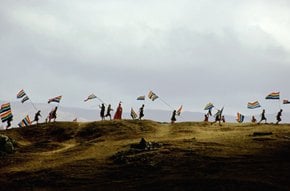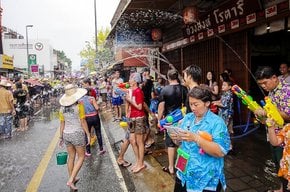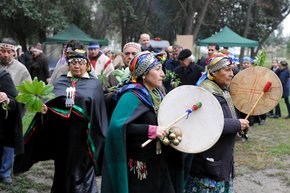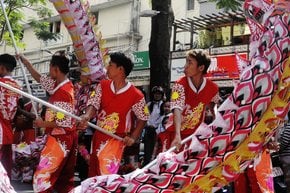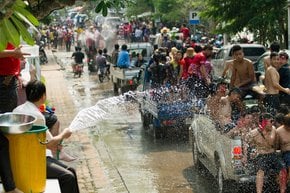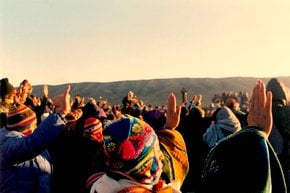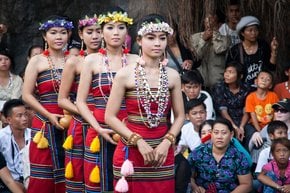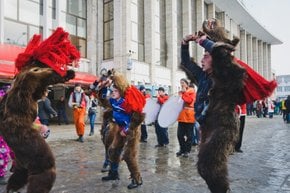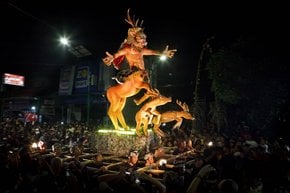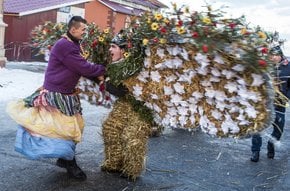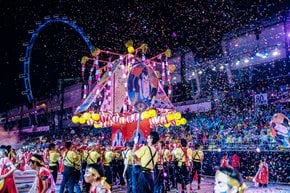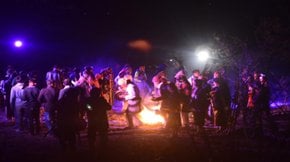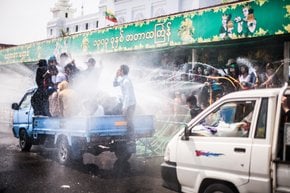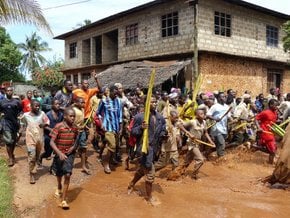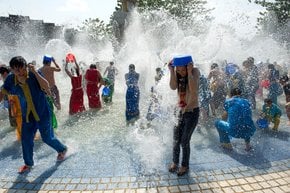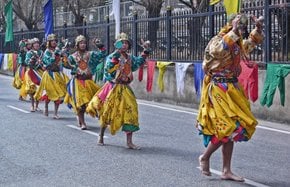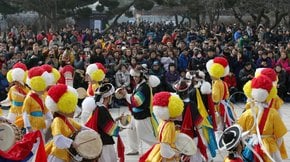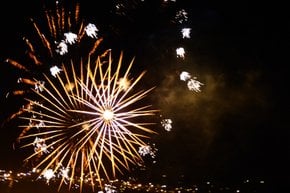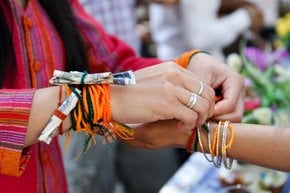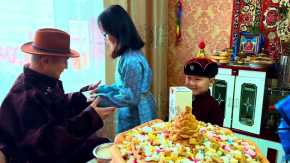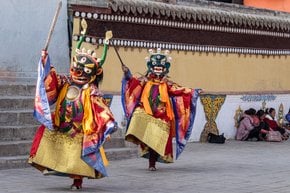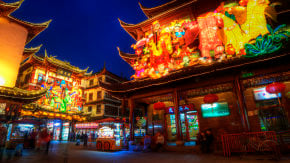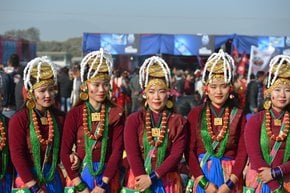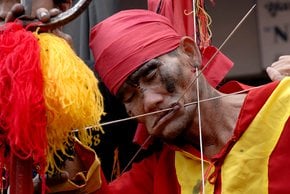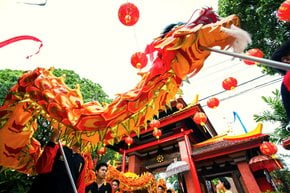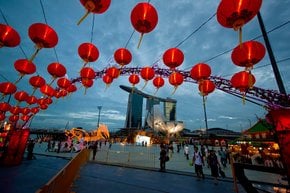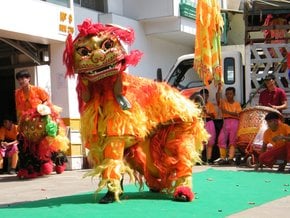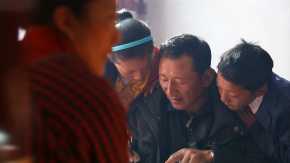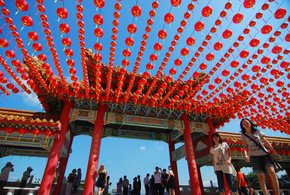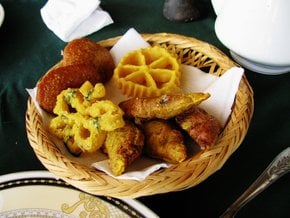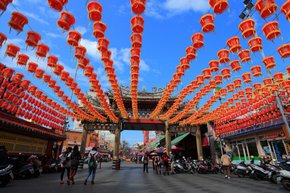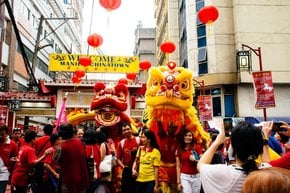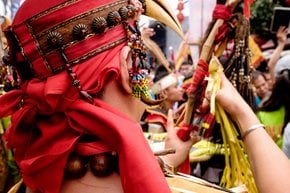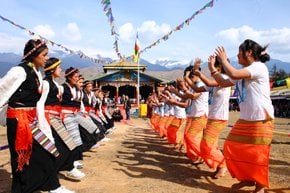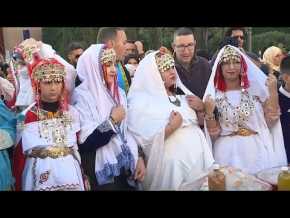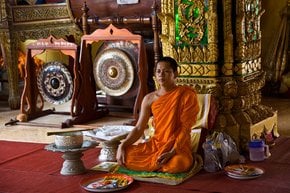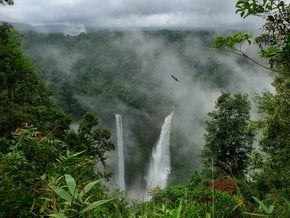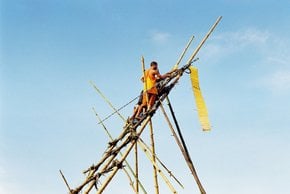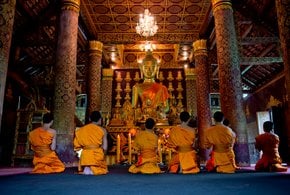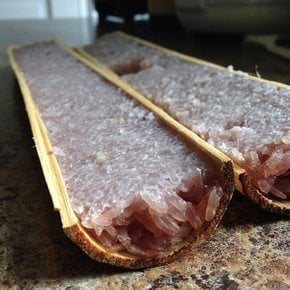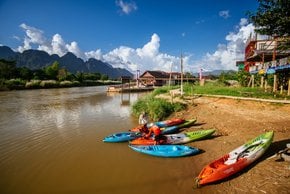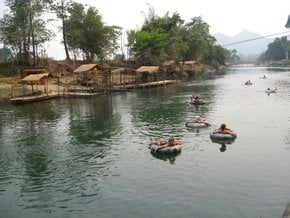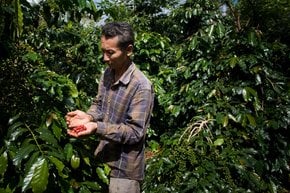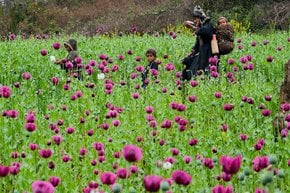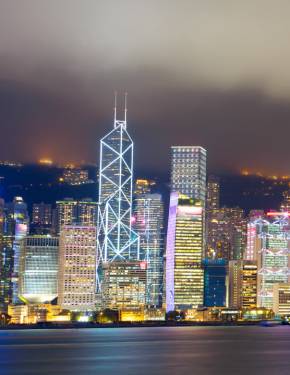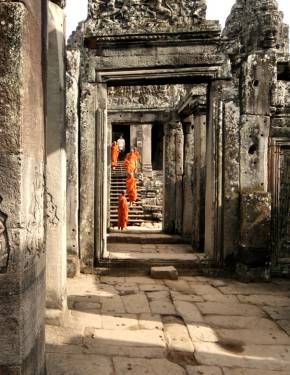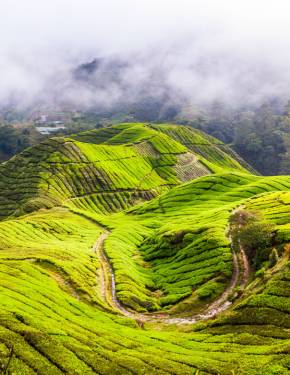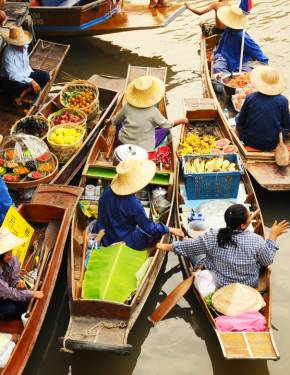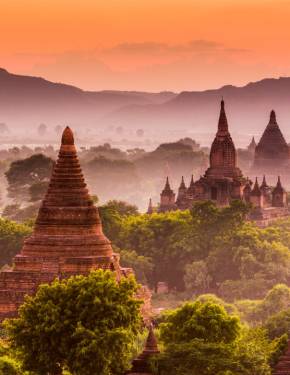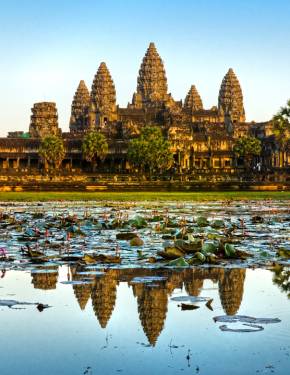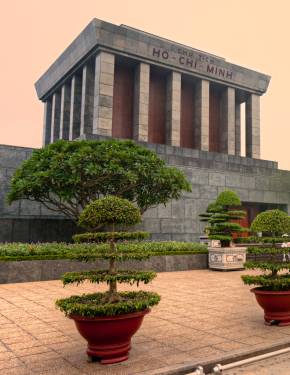Hmong New Year 2025-2026 in Laos
An indigenous ethnic group of Northern Laos displays its colorful festive traditions
Dates: December–January
The Hmong are an ethnic group taking root in some regions of China, Laos, and Vietnam. Today it is spread around the world, but its cultural and religious customs are still kept and adhered to in its local communities. In Laos, the Hmong people mostly inhabit the northern parts of the country and can be easily distinguished by their language and clothes. Hmong New Year celebrations can't be missed if you find yourself in Laos during the holidays.
Celebration Highlights
The Hmong New Year, or Noj Peb Caug, is celebrated in December or January, with Luang Prabang and nearby Hmong villages offering ideal spots to experience the festivities. This vibrant three-day celebration features a tradition of preparing ten unique dishes daily, totaling 30 different delicacies over the festival. It's an excellent opportunity to explore Hmong culture and sample a wide variety of traditional Asian flavors.
Main Traditions
In-house customs involve shamans who honor spirits of wealth and healing. They release spirits to wander for a while and then welcome them back. This is called "Hu Plig" (Spirits calling).
Outdoor New Year celebrations typically include a traditional game called pov pob (tossing a cotton ball), ox fighting, spinning-top races, and music concerts. Unique ethnic instruments like teun-flutes and khene pipes can be heard during the performances.
Also, New Year is a favorable event for Hmong youth to meet a future wife or husband. In Hmong communities, it isn't allowed to marry within the clan group, so finding a partner is preferable during joint celebrations. Thus, young women and men dress in their best ethnic costumes to show off.
More About Hmong People
The Hmong, the third-largest ethnic group in Laos, make up about 9% of the population. Known for their strong cultural identity, they have their own distinct spoken and written language. The Hmong began migrating from southern China in the 19th century and now primarily reside in the northern and central regions, including provinces such as Xieng Khouang, Luang Prabang, Oudomxay, Luang Namtha, Xayaboury, Xaysomboun, Vientiane, and Bolikhamxay.
Dates
The Hmong New Year festival, traditionally held near the end of the twelfth lunar month, celebrates the harvest season with abundant food and lively cultural and religious ceremonies. Last year, it was observed in January, with Xieng Khouang province scheduling celebrations from January 10-13. Timing varies by region and tribe, with some groups celebrating for a few days while others extend the festivities for weeks, especially in rural areas.

